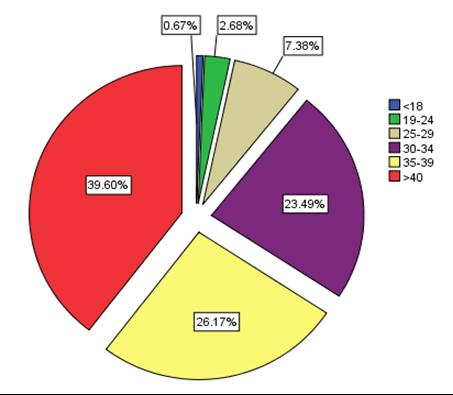Abstract
One the most important discoveries of the #post-genomicerais that a large fraction of the #genome transcribes a #heterogeneous
population of non-coding RNAs (ncRNA). NcRNAs shorter than
200 #nucleotides are usually identified as short/small ncRNAs
- examples include PIWI-interacting RNAs, small interfering
RNAs, and microRNAs (miRNAs)-whereas those longer than 200
nucleotides are classified as long ncRNAs (lncRNAs). They are part
a crucial role in RNA silencing and post-transcriptional regulation
of gene expression [1]. These molecules are emerging as important
regulators of cellular process, such as development, differentiation,
and #metabolism [2]. Long and short #ncRNAs not only regulate
developmental processes and cell physiology, but also involved in
disease states, host-pathogen interactions, and a variety of stress
responses [3]. Transcriptional regulation of #geneexpression is often
the prior process due to response of system changes, wherein the
information contained in a genome is converted and then ultimately
used to produce the proteins required for a given response.
For more Biomedical open access journals please click on https://biomedres.us/
For more Research Article on BJSTR


No comments:
Post a Comment
Note: Only a member of this blog may post a comment.